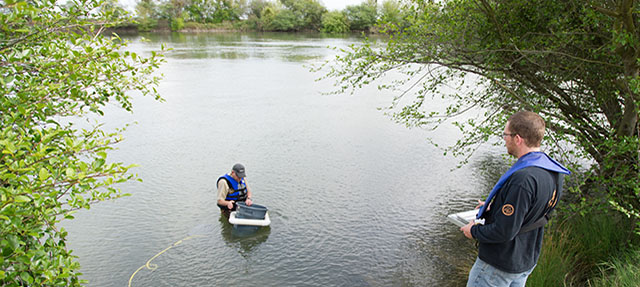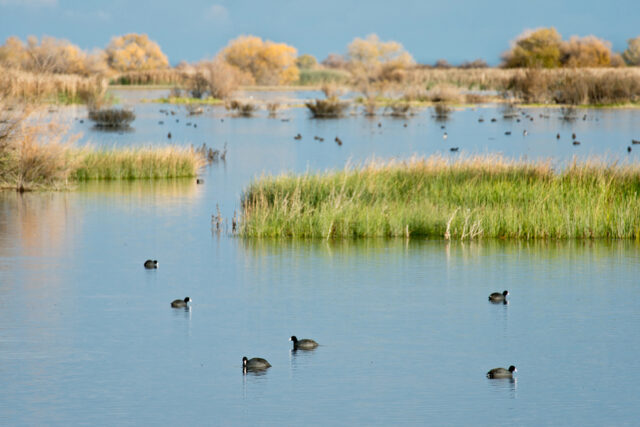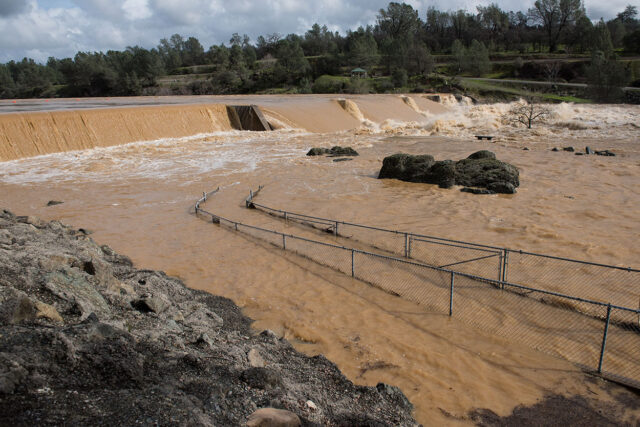Among the many challenges posed by the coronavirus pandemic, the day-to-day stewardship of California’s freshwater ecosystems has remained under the radar. However, continuing the work of restoring and maintaining the health of freshwater ecosystems will have repercussions for California’s water well into the future, and is key to reducing the impact of a hotter, drier climate.
To assess the range of pandemic-related issues confronting the sector, the PPIC Water Policy Center held a series of conversations with representatives from state and federal agencies, water utilities, environmental nonprofits, and businesses that specialize in restoration. The pandemic’s impact falls into three categories: disruption of monitoring and research programs, delays to restoration projects, and the threat posed by the economic downturn to funding for this work. Here are some key takeaways.
Monitoring and research are the backbone of ecosystem management. Analysis of data collected in the field and laboratories is essential for tracking ecosystem health and guiding management efforts. These programs also provide training for young scientists.
Our conversations revealed that both lab and field work have been disrupted by physical distancing requirements and the shutdown of facilities. Some data collection and analysis that is essential to water operations has been maintained. But many efforts to monitor the health of California’s rivers and wetlands have been scaled back or abandoned. And many research projects—including student theses—have been delayed.
The full impact of the pandemic on the effort to monitor and manage freshwater ecosystems will not be revealed for years, but at a minimum there will be gaps in understanding that will increase uncertainty about the status of species and ecosystems in our changing climate.
Restoration programs throughout California were under way prior to the pandemic. The actual number of such projects is unknown because there is no systematic record keeping, but the effort is substantial. We estimate that roughly $700 million is spent annually on aquatic ecosystems in California. Experts we consulted estimate that about half of these funds are devoted to efforts to restore and maintain habitat.
As a recent PPIC report highlights, restoring ecosystem health is integral to preventing future species extinctions, protecting the many beneficial uses of these ecosystems, and adapting to climate change. Physical distancing restrictions have delayed a significant number of important projects, leaving many rural workers unemployed. Many projects depend on seasonal conditions and will, at minimum, be delayed at least a year. Suspended maintenance at existing restoration sites—which typically involves controlling invasive plants and animals—will be costly to fix. The long-term impact is hard to assess, and will likely depend on how quickly programs can be ramped up again. This, in turn, depends on what happens to funding.
Funding for freshwater ecosystem management—whether planning, permitting, monitoring and research, installation and maintenance of restoration sites, or acquisition of new water supplies for the environment—is expensive. In our work on water system finance, we’ve called ecosystems a “fiscal orphan” because they lack a reliable and adequate funding source. Californians have supported more than $4 billion in bond funds since 2014 for freshwater ecosystem management, but the annual shortfall is roughly $400 to $700 million, and future bond funding is uncertain. All experts we consulted identified future pandemic-related funding cuts as an existential threat to ecosystem management. State and federal programs have been funding mainstays for this work. But in the wake of the pandemic, unprecedented state and local budget shortfalls and shifts in state and federal priorities could cut funding for many of these vital efforts.
Right now, the pandemic’s many social and economic disruptions are the top priority for many policymakers. Yet the health of the state’s ecosystems is important to all Californians, and falling behind on efforts to maintain and restore them can have costly, long-term consequences. During these difficult times, the challenge is to mitigate consequences of the pandemic on research and monitoring, restoration programs, and funding.



